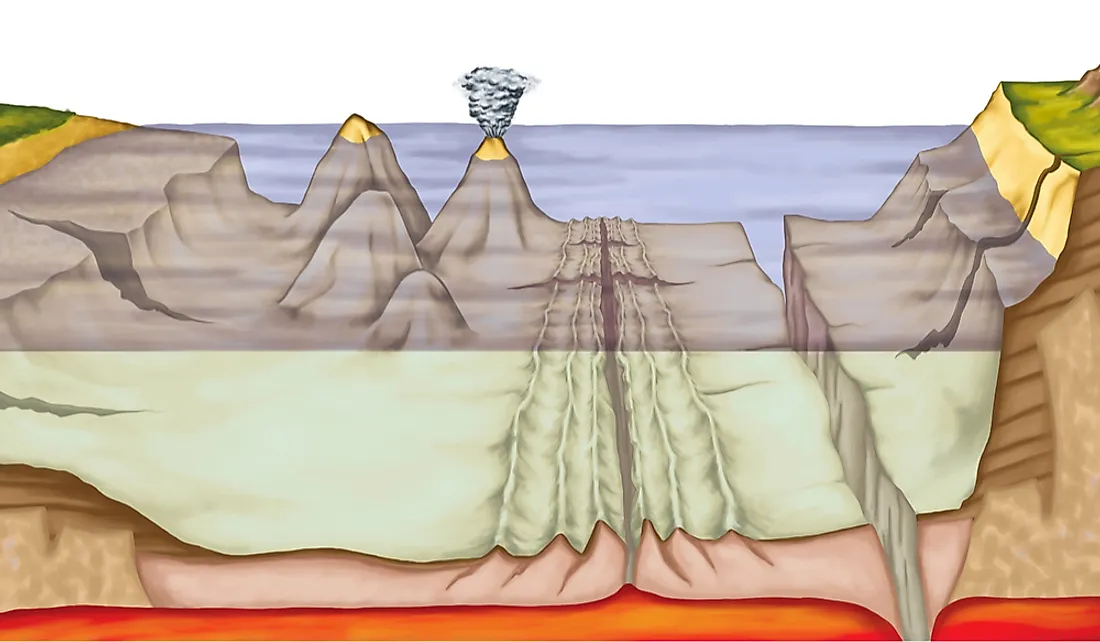What Is A Guyot?

A volcanic eruption is responsible for the formation of several features both on land and in water such as mountains, islands, seamounts, and guyots. When the volcanoes erupt in water, the lava collects to form a mountain-like feature with the peak either below or above the water surface. When the peak is above the water surface, the feature is referred to as volcanic or high islands but when the feature is below the water surface the feature is mostly referred to as a seamount. Seamounts or underwater volcanic mountains that have a flat top of over 660 feet below the sea surface is referred to as a guyot. The diameter of the flat to may exceed 6.2 miles. Although guyots are common in the Pacific Ocean, they are found in all the world's oceans apart from the Arctic Ocean.
Discovery of Guyots
The first guyots were recognized by Harry Hammond Hess in 1945 during World War II. According to his data, certain underwater mountains were flat on the top. He named these features “guyots” since they resembled Guyot Hall, a flat-roofed geology and biology hall at the Princeton University named after Arnold Henry Guyot. Hammond concluded that the guyots were once high islands whose tops had been smoothened and leveled by wave actions and are now located under the sea water. His idea was used to further the plate tectonic theory.
Location of Guyots
There are approximately 283 guyots spread across the oceans except for the Arctic Ocean. The North Pacific has 119 guyots and the South Pacific has 77 guyots. The North Atlantic has eight while the South Atlantic has 43. There are 28 guyots in the Indian Ocean and six in the Southern Ocean. There are also two guyots in the Mediterranean Sea and one guyot is found along the Fram Strait off the coast of Greenland.
Formation of Guyots
Guyots may once have had their summits above the water surface but gradually subsided through several phases from fringed reefed mountains to coral atolls, and eventually to flat-topped seamounts. Seamounts are formed through a volcanic process that involved the extrusion of lava from its source in the earth’s mantle to the seafloor. When the volcano grows to near the water surface, wave actions flattens the summit. However, guyots are formed from hot magma which cools with time. The cooling of the lithosphere increases its density causing it to sink lower into Earth’s mantle through a process known as isostasy. This process is also responsible for the formation of ocean ridges, ocean trenches, and abyssal plains. Thus, the islands that eventually transform into guyots subside slower over a long period. The depth of the guyot depends on the time taken to form.
Characteristics of a Guyot
For a feature to be referred to a guyot, it must be at least 3,000 feet tall. The Greater Meteor Tablemount located in the Northeast Atlantic Ocean is greater than 13,000 feet in height and has a diameter of 68 miles. However, most of the underwater mounts range from less than 300 feet to about 3,000 feet. Guyots have much larger areas (an average of 1,279 square miles) than typical seamounts (an average of 305 square miles). Most of them have a steep gradient of 20 degrees.











